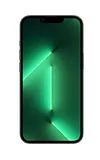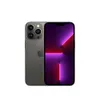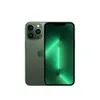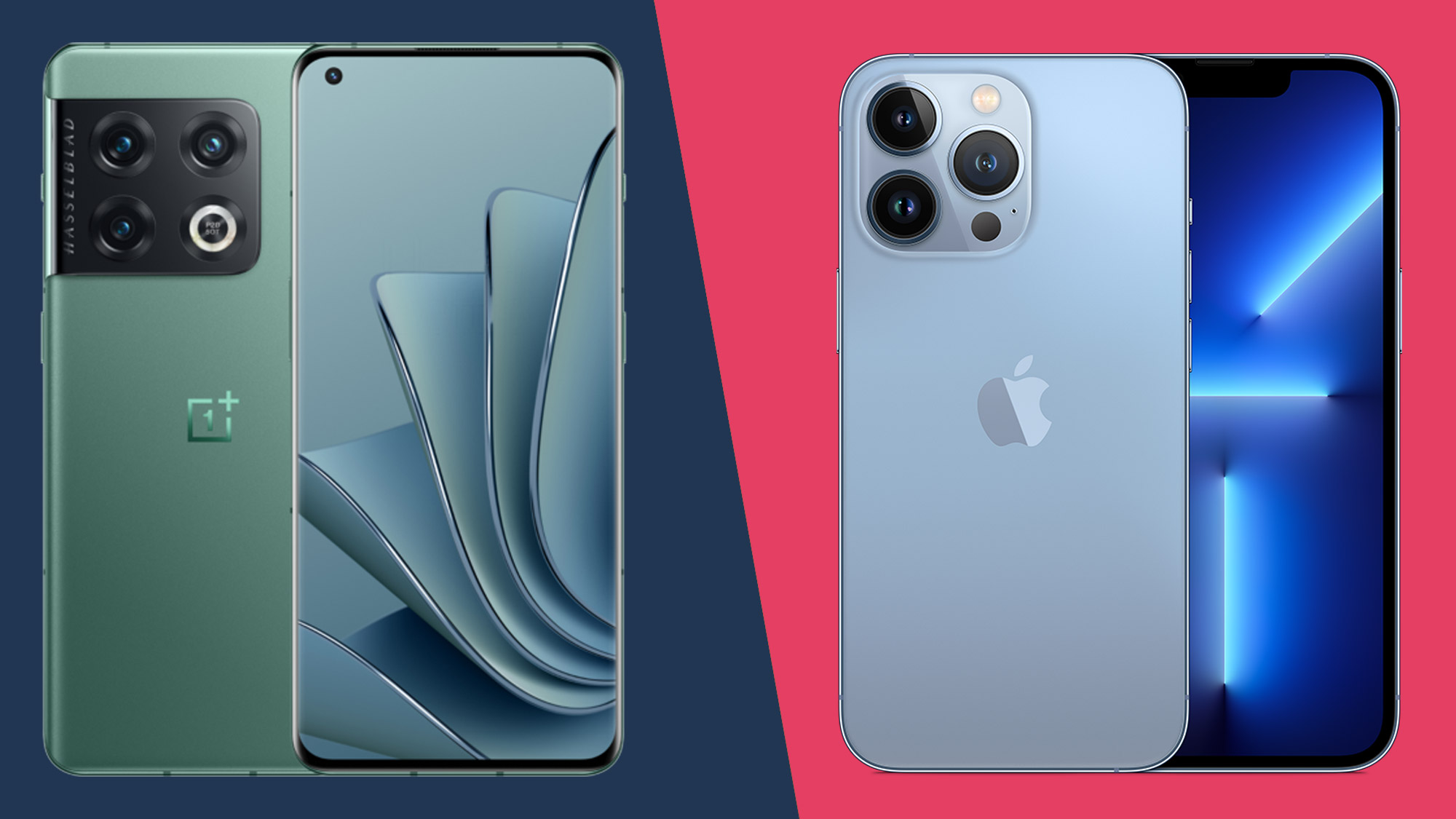
The OnePlus 10 Pro is one of the first big flagship phone launches of 2022, which means that it runs smack bang into the star of late 2021, the iPhone 13 Pro.
We’re going to have to wait just a little longer for a global rollout for the OnePlus 10 Pro, but we already know every spec, measurement, and shiny design choice that OnePlus has implemented.
While we reserve our full judgment for another time, here’s how the OnePlus 10 Pro is shaping up against the most high-profile premium flagship around.
OnePlus 10 Pro vs iPhone 13 Pro: price and availability
The OnePlus 10 Pro was unveiled to the world on Jan. 11, 2022, with availability in China on January 13. We’re anxiously awaiting news of a global rollout as we speak.
This means that all we have is Chinese pricing, which starts from 4,699 Chinese Yuan for 8GB RAM and 128GB internal storage. That works out to around $740 / £550 / AU$1,056. Alternatively, you can pay 4,999 Chinese Yuan ($786 / £586 / AU$1,123) for 8GB/256GB, or 5,299 Chinese Yuan ($833 / £621 / AU$1,191) for 12GB RAM and 256GB.
The iPhone 13 Pro arrived on Sept. 24, 2021. Prices start from $999 / £949 / AU$1,699 for the entry-level 128GB model of the iPhone 13 Pro, while the 256GB model costs $1,099 / £1,049 / AU$1,869, and the 512GB model costs $1,299 / £1,249 / AU$2,219.
You also have the option of a new 1TB model, which costs $1,499 / £1,449 / AU$2,569.
Get daily insight, inspiration and deals in your inbox
Sign up for breaking news, reviews, opinion, top tech deals, and more.
Design
The OnePlus 10 Pro is quite a bit bigger than the iPhone 13 Pro in every way, measuring 163 x 73.9 x 8.6mm. The iPhone 13 Pro measures 146.7 x 71.5 x 7.65mm.
Despite this size difference, the iPhone 13 Pro is actually a little heavier than its rival. We’re only talking 204g as opposed to 200.5g, but it shows how dense the iPhone 13 Pro is.
You can likely put that down to the iPhone 13 Pro’s more premium materials, specifically the use of a stainless steel rim. The OnePlus 10 Pro, like most Android flagships, utilizes lighter (and cheaper) aluminum.
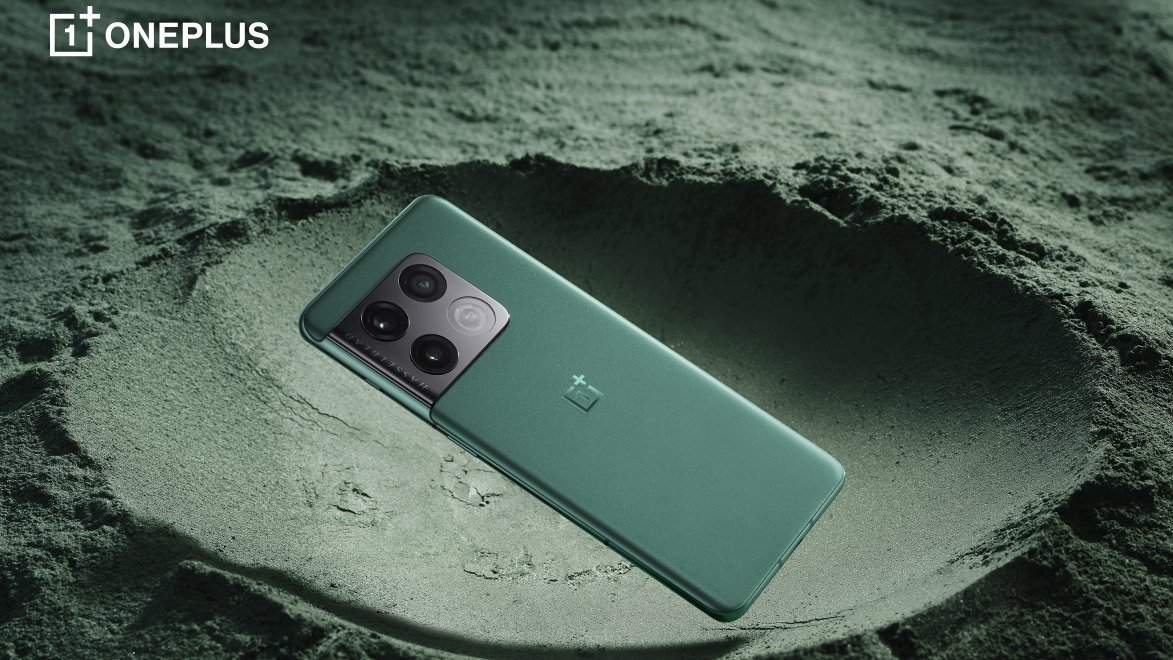
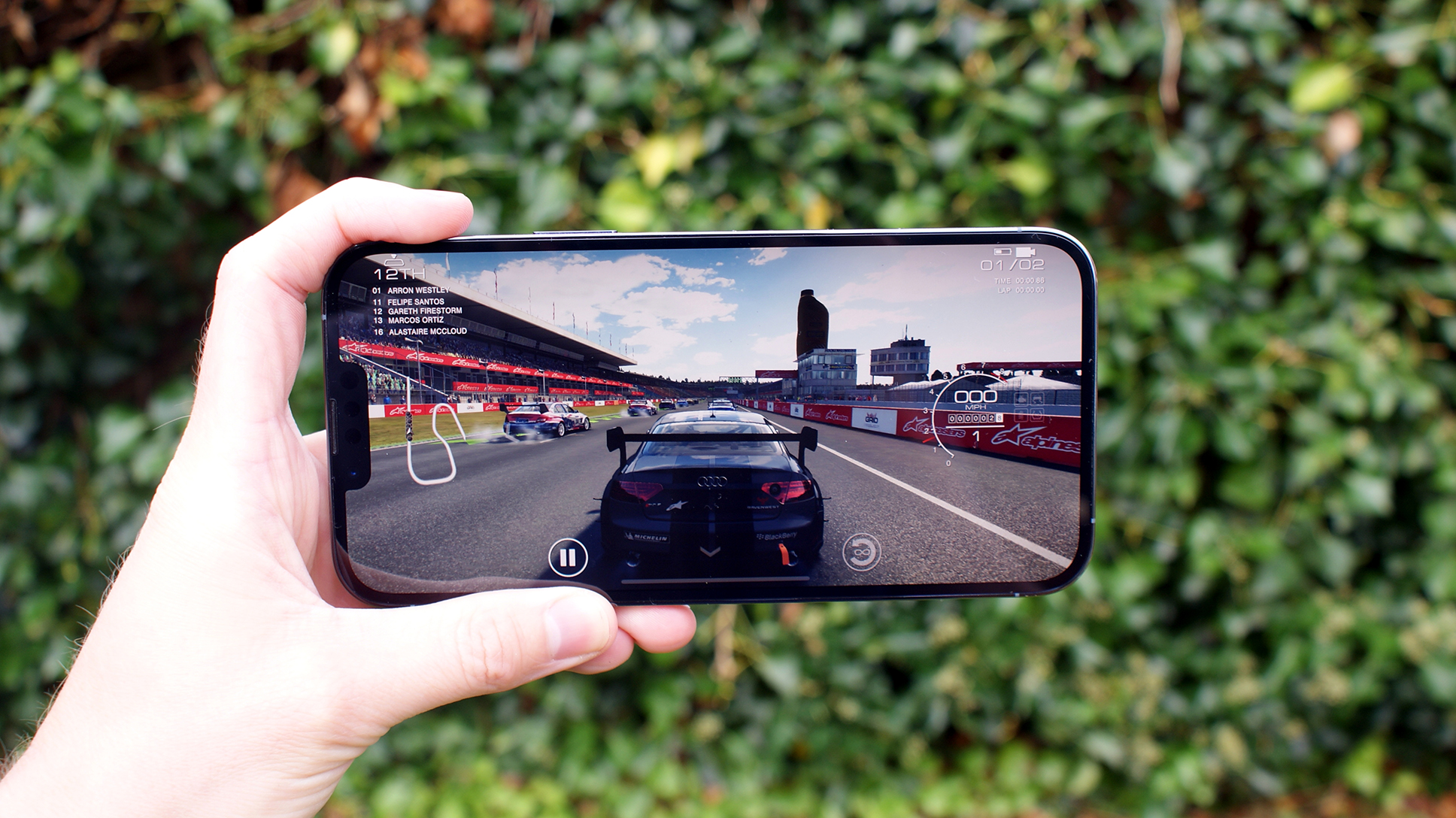
Apple coats the flat display of its phone with a so-called Ceramic Shield, which is believed to be quite a bit tougher than the Gorilla Glass Victus covering on the OnePlus 10 Pro. Both phones have achieved an IP68 rating, so are similarly water- and dust-resistant.
Those are the facts and figures, but there’s an obvious aesthetic difference between these two phones. Apple has gone the flat-edged, sharp-cornered route, while the OnePlus 10 Pro is more curvaceous and familiar.
That said, the OnePlus camera module is certainly something to behold. The company adopted a new fold-around design that appears to emerge from the frame, and it’s striking. Apple’s rounded-square blister, by contrast, looks a little stuck-on.
There’s also a noticeable difference around front, where Apple still employs a Face ID notch, and OnePlus goes with a more subtle hole-punch notch. The OnePlus method looks better, but Apple’s secure facial recognition system continues to shine.
Display
The OnePlus 10 Pro has a 6.7-inch display, which means that it’s much larger than the iPhone 13 Pro’s 6.1-inch screen.
Both use OLED panels, so they’re similarly punchy and contrasty. Both also get to 120Hz, so they’re nice and smooth.
On the latter front, however, the OnePlus 10 Pro can dip as low as 1Hz thanks to its use of second-generation LTPO2 technology, while the iPhone 13 Pro can only dip to 10Hz. OnePlus wins on the efficiency front.
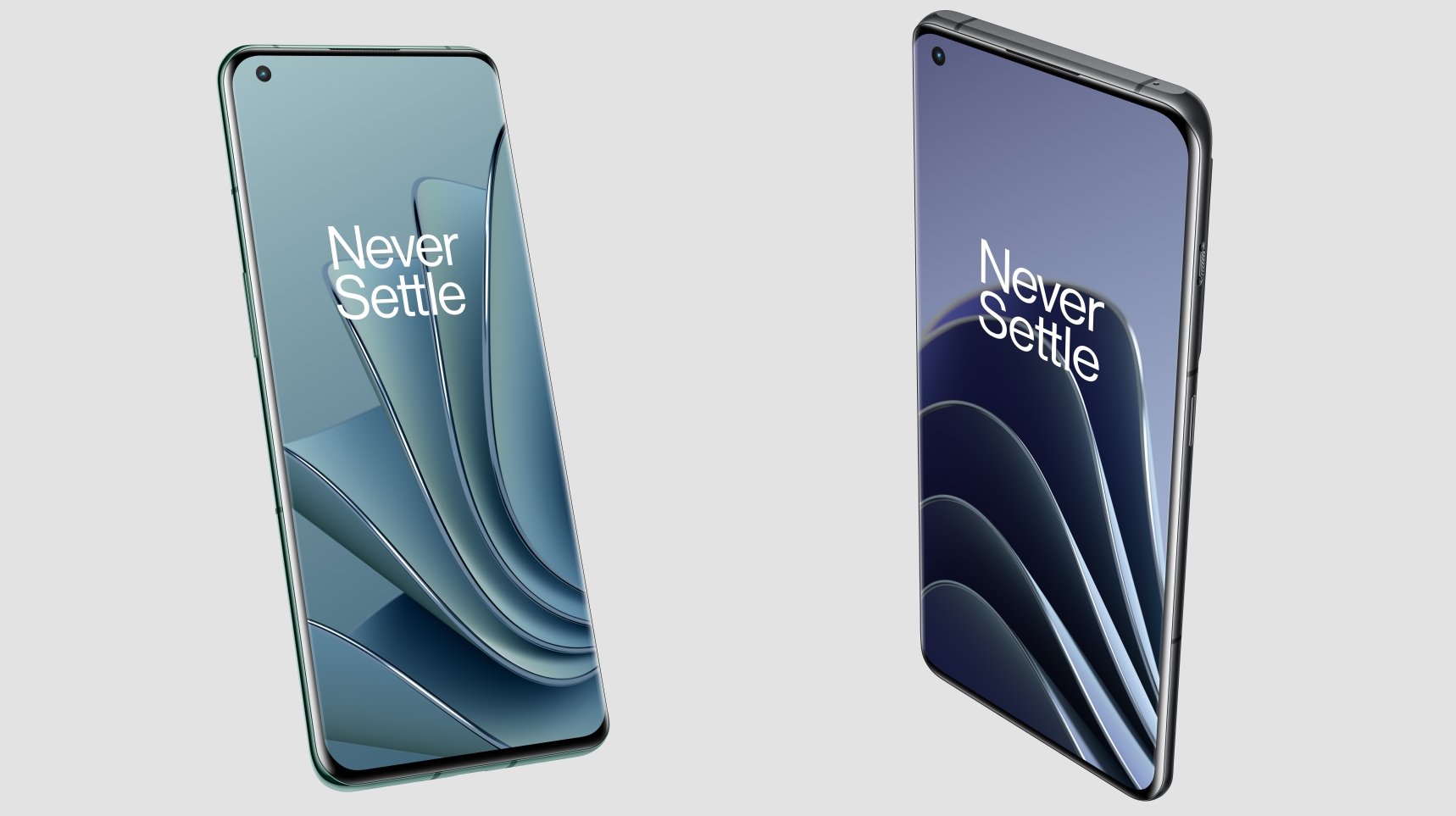
OnePlus wins on sharpness, too, with a 3216 x 1440 (QHD+) resolution comparing favorably to the iPhone 13 Pro’s 2532 x 1170 equivalent. Given the size difference, however, the pixel density isn’t drastically different.
The OnePlus phone can hit a peak brightness of 1,300 nits, which is slightly higher than the iPhone 13 Pro’s 1,200 nits.
We’d have to give the edge to the OnePlus 10 Pro on paper, but of course we won’t know which is better until we’ve gone hands-on with the phone. We know that the iPhone 13 Pro’s screen is awesome to look at and use in all scenarios, so it’s a high bar to reach.
Camera
We have to couch these pre-review versus pieces in a whole bunch of caveats, for obvious reasons. You can’t tell for sure how a particular smartphone component is going to stack up until you’ve tested it.
But given those caveats, we’re about as certain as it’s possible to be that the iPhone 13 Pro’s camera will be better than the OnePlus 10 Pro’s overall.
How can we say that? It’s simple really. The iPhone 13 Pro is the best camera phone on the market. It’s also quite a bit better than the OnePlus 9 Pro, and the OnePlus 10 Pro doesn’t appear to be a huge leap forward from its predecessor in terms of camera hardware.
Early reports seem to confirm that you’re essentially getting the same triple-camera system as before. That means the exact same 48MP f/1.8 wide sensor, the same 50MP f/2.2 ultra-wide, and the same 8MP f/2.4 telephoto for 3.3x zoomed shots.
The only real hardware difference here, other than a wider ultra-wide lens, is the provision of a new faster processor, which should bring the usual advances in image processing and AI scene selection. We have high hopes that the Night mode will be much improved, in particular.
Once again, OnePlus teamed up with Hasselblad for the Nordic camera brand’s distinctive color tuning and classy camera UI. We’re interested to see how this relationship has developed for the second generation.

However, it’s hardly likely to be a seismic shift for the OnePlus 10 Pro camera.
None of which is a bad thing. The OnePlus 9 Pro camera was a massive step up for the brand. We liked it a lot.
But the iPhone 13 Pro is likely to remain on another level. Unlike OnePlus, Apple stepped up on the hardware front when compared to its predecessor.
It’s another triple 12MP system, but this time you get the sensor shift stabilization system of the iPhone 12 Pro Max, adding an uncanny level of stability for those low-light shots. You also get a new larger wide sensor with a wider f/1.5 aperture, and an improved ultra-wide with a wider f/1.8 aperture. That ultra-wide can also take sharp macro shots this time.
On the telephoto front, Apple added a new 3x zoom camera. It’s now possible to shoot Night mode shots using the telephoto sensor as well – though OnePlus has also added this facility with the OnePlus 10 Pro.
We’re not counting the OnePlus 10 Pro camera out, by any means. But it’s going to have to really pull off an algorithmic coup if it’s to dethrone the iPhone 13 Pro, because there’s nothing notably new from a hardware perspective.
Specs and performance
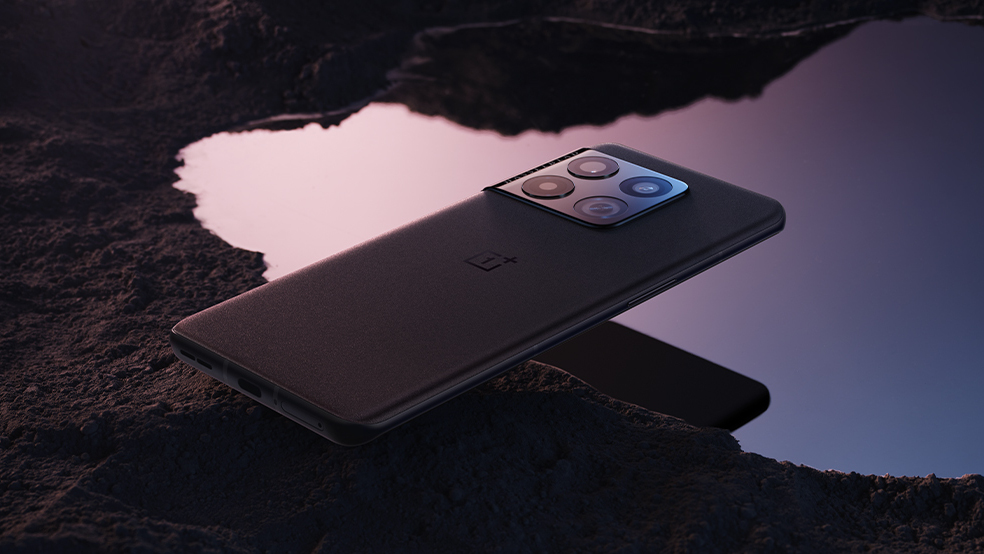
The OnePlus 10 Pro features Qualcomm’s new Snapdragon 8 Gen 1 processor. We need to spend some time putting this chip through its paces, but even the official verdict is that it represents a mere 20% boost over the Snapdragon 888 that powered the OnePlus 9 Pro.
By contrast, the iPhone 13 Pro’s A15 Bionic chip is said to be around 50% faster than the Android competition, i.e. the Snapdragon 888. You do the math.
This is all largely meaningless in the real world, of course. The iPhone 13 Pro feels beautifully fast and fluid, and the OnePlus 10 Pro is almost certain to feel the same.
The OnePlus 10 Pro runs on 8GB of RAM as standard, and there’s also a 12GB option out there. When it comes to storage, you get 128GB and 256GB options. Apple gives you a 512Gb and a 1TB option on top of those two tiers.
On the software front, we’re expecting the OnePlus 10 Pro to come with the latest version of the company’s own custom OS, known as OxygenOS. The Chinese model, however, uses Oppo’s ColorOS, which is much less appealing if just as fully featured (and arguably more customizable).
Either way, there’ll be a ColorOS core to the OnePlus 10 Pro, as the two companies have merged their efforts since last year’s OnePlus 9 Pro. We’ll have to see how this affects what has been one of our favorite Android UIs. Fingers crossed that the changes are minimal.
There are no such doubts surrounding Apple’s iOS, of course. The company’s tight hold on the software experience makes for a blissfully consistent and smooth experience, if a less customizable and more boxed-in one.
Battery
OnePlus upped the capacity of the OnePlus 10 Pro’s battery to 5,000 mAh, which is bigger than the OnePlus 9 Pro’s, but fairly standard for a modern Android flagship.
This is much bigger than the iPhone 13 Pro’s 3,095 mAh cell, but don’t let that fool you. Apple’s phones tend to be more efficient than Android phones, through a combination of software differences and hardware optimization.
To that end, we’re expecting battery performance to be fairly similar between these two phones. That is, that both phones will be capable of lasting a full day of fairly intensive usage without needing to recharge.
That’s certainly the case with the iPhone 13 Pro. It wasn’t quite the case with the OnePlus 9 Pro, but that aforementioned capacity increase, added to a more efficient processor, should enable it to close the gap.
One way in which the OnePlus 10 Pro will definitely beat the iPhone is with its charging times. With a 80W charger provided in the box, it puts the iPhone 13 Pro’s 23W support to shame. Even more so when you realize that Apple asks you to supply your own charger.
It’s a similar lead in the wireless charging stakes, where the OnePlus 10 Pro supports 50W, and the iPhone 13 Pro supports 7.5W. You can double that if you buy a MagSafe charger, which is Apple’s magnetic peripheral system.
Takeaway
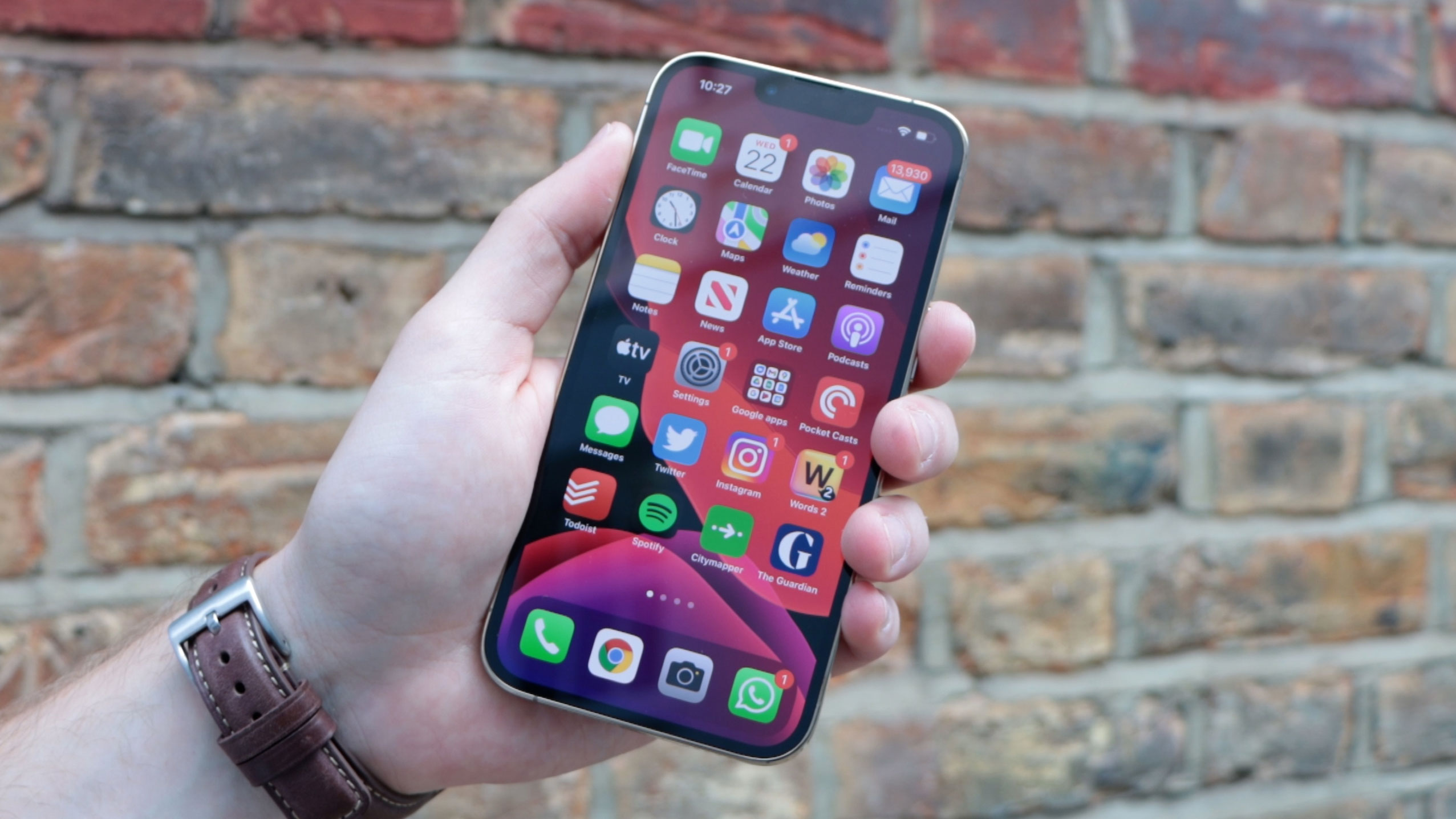
The OnePlus 10 Pro is looking like a fairly minor update to the OnePlus 9 Pro on paper. Given that the OnePlus 9 Pro was one of our favorite phones of early 2021, that’s not necessarily a bad thing.
But it faces a much stronger field than its predecessor. The iPhone 13 Pro supplied a competitive display, improved stamina, and the best camera system in the business when it landed in late 2021. Apple finally made a phone worthy of the ‘Pro’ moniker, thus putting every other ‘Pro’ phone on notice.
Do we think that OnePlus has what it takes to beat Apple in the premium phone stakes? Based solely on the trajectory of its last few signature phones, most definitely.
However, there are doubts surrounding the once-strong OnePlus identity following its merger with Oppo. It all means that this particular comparison remains a tantalizingly open question.
- Will the OnePlus 10 Pro rank among the best smartphones?

